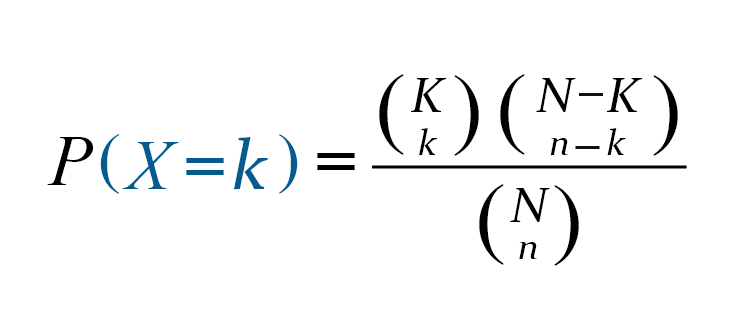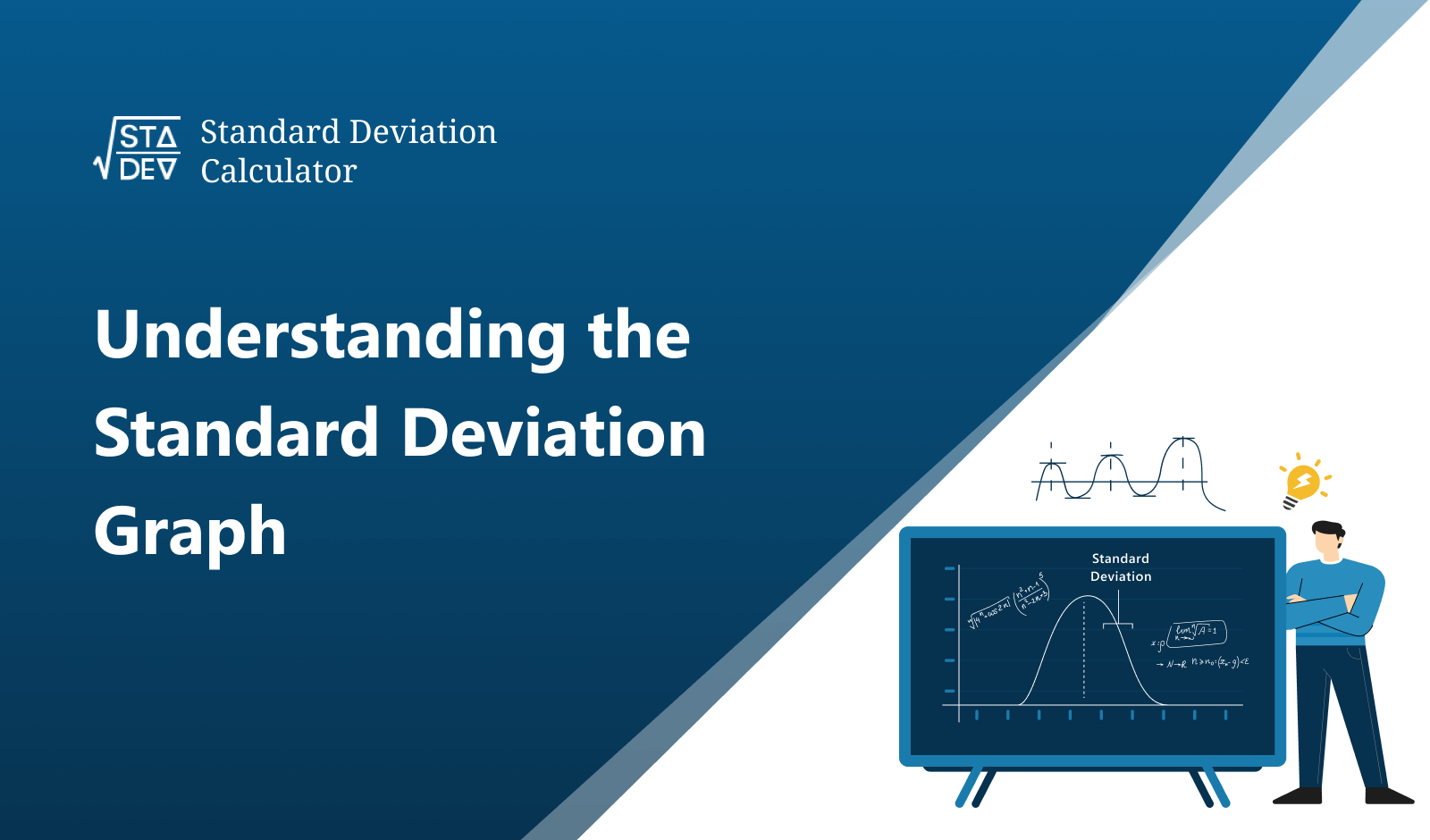Hypergeometric distribution calculator is a tool that is used to compute the mean, standard deviation, and variance of the entered data rendering the properties of Hypergeometric distribution.
What is hypergeometric distribution?
A hypergeometric distribution, which simulates success rates in a random sample taken from a limited population without replacement, is a probability distribution. It makes the supposition that there are two different kinds of objects in the population: successes and failures.,
The formula of hypergeometric distribution:
We can calculate the hypergeometric distribution by the following formula:

- N stands for Population size
- K stands for the number of successful states in population.
- (K) Number of success states in the sample.
- n stands for sample size.
How to calculate the value of hypergeometric distribution?
Below example will help you to learn how to calculate the value of a hypergeometric distribution.
Example
Compute the value of hypergeometric distribution when N = 44, K = 22, n = 7, and k = 5.
Solution:
First, we find the mean
Step 1:
Mean = µ = n × (K / N)
µ = 7 (22 / 44)
µ = 7 × 0.5
µ = 3.5
Step 2:
Now we compute the variance
σ2 = {n × (K / N)} {(N - K) / N} × {(N - n) / (N - 1)}
σ2 = 7× (22 / 44) / × (44−22 / 44) × (44−7/ 44 -1)
σ2 = 7 × 0.5 × 0.5 × 0.8605
σ2 = 1.5058
Step 3:
To Compute the standard deviation, we take the square root of the variance.
√σ2 =√ 1.5058
σ = 1.2271
Step 4:
Compute the probability
P (X = k)
P (X = 5) = 0.1587
P (X ≥ k):
P (X ≥ 5) = 0.206
P (X > k):
P (X > 5) = 0.0473
P (X ≤ k):
P (X > 5) = 0.9527
P (X < k):
P (X < 5) = 0.794








